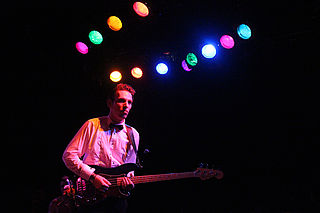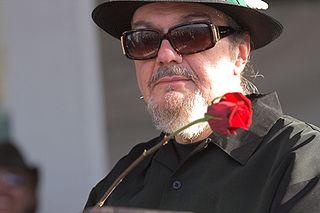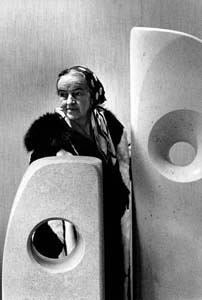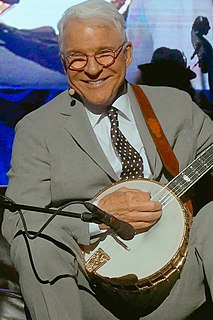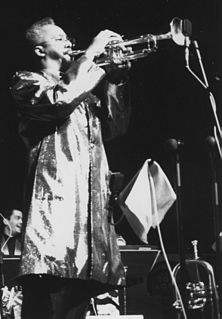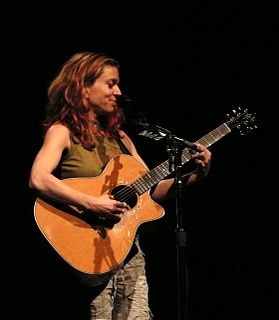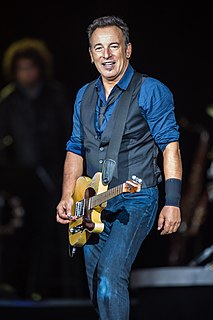A Quote by John Petrucci
To play sweep arpeggios correctly, you have to mute each note with the left hand immediately after picking it.
Related Quotes
What fun it is to generalize in the privacy of a note book. It is as I imagine waltzing on ice might be. A great delicious sweep in one direction, taking you your full strength, and then with no trouble at all, an equally delicious sweep in the opposite direction. My note book does not help me think, but it eases my crabbed heart.
What I enjoy about the live experience is getting onstage, being handed a guitar that is in tune, taking it off mute, knowing that the very moment I want to play a note, I can play it. People are waiting on me and I'm waiting on me, and I have no idea what I'm going to play. That's the biggest joy in life.
The amazing thing about the cistern is that, if you're improvising in a dead room, you play your note and then you're left with your thoughts and you have to be really quick on your feet and be able to move through many different musical thoughts seamlessly. Improvising there is just, like, you play a note and then you had at least ten seconds to think, "What would be the perfect accompanying note to that?" And then you could add that note. You can just build this puzzle that was really amazing.
For a second we just stand there in silence. Then, suddenly, Alex is back, easy and smiling again. “I left a note for you one time. In the Governor’s fist, you know?” I left a note for you one time. It’s impossible, too crazy to think about, and I hear myself repeating, “You left a note for me?” “I’m pretty sure it said something stupid. Just hi, and a smiley face, and my name. But then you stopped coming.” He shrugs. “It’s probably still there. The note, I mean. Probably just a bit of paper pulp by now.
When I was a little bitty kid, my aunt showed me how to play a little boogie. It took me years. I had to play the left-hand part with two hands, because my hands was so little. Then as I grew up and I learned how to play the left-hand part with one hand, she showed me how to play the right-hand part, and et cetera. My Uncle Joe showed me how to play a little bit different boogie stuff. I had people in my family that was professional musicians, but I just wasn't interested in what they did. I wasn't very open-minded to a lot of music that I'd be more open to today.
I would get records by Earl Scruggs... I would tune my banjo down and I'd pick out the songs note by note. Learned how to play that way. I persevered. There was a book written by Pete Seeger, who showed you some basic strumming and some basic picking... And I kind of worked out my own style of playing.
Playing correctly from the small blind can be frustrating and confusing. On the one hand, you already have half the bet in the pot, which should entice you to play more hands. On the other, you'll have to play out of position on every street, which suggests that you should actually play fewer hands.






